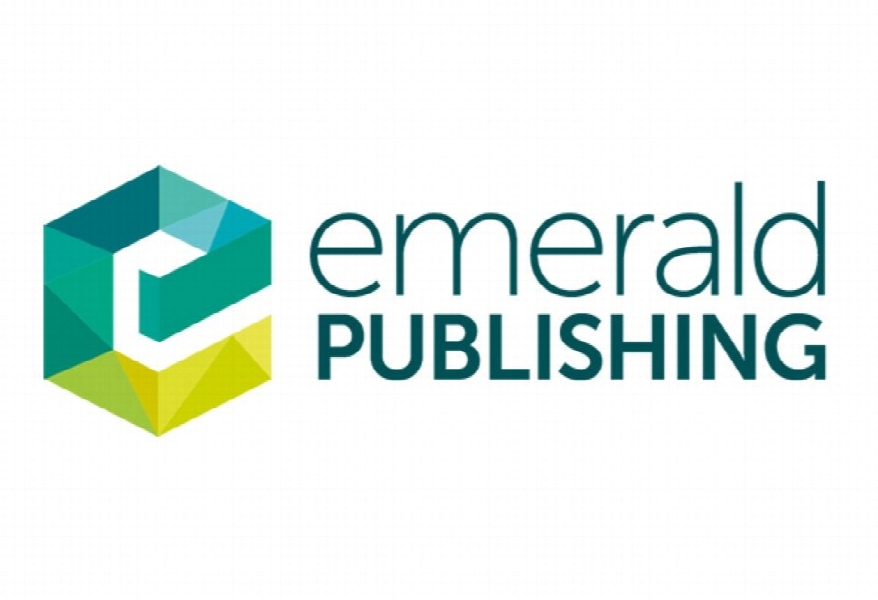منابع سازمانی، توانایی فرآیند KM و انعطاف پذیری استراتژیک: دیدگاه قابلیت توانمندی پویا Organizational resources, KM process capability and strategic flexibility: a dynamic resource-capability perspective
- نوع فایل : کتاب
- زبان : انگلیسی
- ناشر : Emerald
- چاپ و سال / کشور: 2018
توضیحات
رشته های مرتبط مدیریت
گرایش های مرتبط مدیریت دانش، مدیریت کسب و کار
مجله مدیریت دانش – Journal of Knowledge Management
دانشگاه Department of HRM – Institute of Management Technology – India
شناسه دیجیتال – doi https://doi.org/10.1108/JKM-10-2017-0460
منتشر شده در نشریه امرالد
کلمات کلیدی انگلیسی Knowledge management, Resource based view, Organizational resources, Strategic flexibility, Dynamic capability perspective, KM process capability
گرایش های مرتبط مدیریت دانش، مدیریت کسب و کار
مجله مدیریت دانش – Journal of Knowledge Management
دانشگاه Department of HRM – Institute of Management Technology – India
شناسه دیجیتال – doi https://doi.org/10.1108/JKM-10-2017-0460
منتشر شده در نشریه امرالد
کلمات کلیدی انگلیسی Knowledge management, Resource based view, Organizational resources, Strategic flexibility, Dynamic capability perspective, KM process capability
Description
Introduction Strategic management research that focuses on firm performance acknowledges strategic flexibility as a strong anchor of firm competitiveness (Guo and Cao, 2014; Chen et al., 2017). Literature mentions strategic flexibility as an organizational ability to successfully navigate through the fluidic and turbulent business environment (Nadkarni and Herrmann, 2010; Brozovic, 2016). Strategic flexibility facilitates the adjustment of internal and external change drivers and is of critical importance to ensure organizational survival (Spieth and Schneider, 2016). Because of its multitude potential, researchers and practitioners have given strategic flexibility significant attention, and it has emerged as an important research theme (Ferna¨ndez-Pe¨rez et al., 2013). Some of the frequent outcomes of strategic flexibility (as listed in a recent review of 156 strategic flexibility studies by Brozovic, 2016) are superior financial performance, competitive advantage, improved decision-making process, value creation, increased perceived service quality, successful international venturing, innovativeness, sustainability and so on. While there has been a wide interest in studying strategic flexibility in relation to desired organizational outcomes (Zhou and Wu, 2010), very little is known (empirically) about “what are the enablers of strategic flexibility (Nadkarni and Herrmann, 2010; Zahra et al., 2008; Brozovic, 2016) and “how” these enablers augment strategic flexibility (Nadkarni and Herrmann, 2010; Brozovic, 2016). Few inquiries which tend to identify enablers of strategic flexibility list strategic variety (Hamlin et al., 2012), strategic planning (Sanchez, 1995), IT capability (Chen et al., 2015), CEO personality traits (Nadkarni and Herrmann, 2010), CEO’s social networks (Ferna´ndez-Pe´rez et al., 2013), top management team (Wang et al., 2015) and so on as potential enablers of strategic flexibility. While there is sizeable research on what enables strategic flexibility, it is fragmented, and, the research question – how firms embrace strategic flexibility – remains unanswered. These concerns are explained in the following section of the paper. First, in most of the aforementioned research, strategic flexibility has been treated as a motivational mechanism between the criterion and outcome variables, for example, CEO’s personality and firm performance (Nadkarni and Herrmann, 2010), CEO’s social networks and organizational performance and organizational learning (Ferna´ndez-Pe´rez et al., 2013), technological capability and product innovation (Zhou and Wu, 2010); information technology and firm performance (Chen et al., 2015) and so on. Therefore, the direct interplay between organizational resources and strategic flexibility needs to be examined. Second, extant research that lists the enablers of strategic flexibility largely ignores the process or underlying mechanism through which these enablers promote strategic flexibility (Brozovic, 2016). Rather, a number of scholarly examinations assess how strategic flexibility is executed, for example, choices of strategic options in a given situation (Combe et al., 2012), archetypal of strategic options for specific occasions (Evans, 1991), coordination of flexible sources (Sanchez, 1995) and modularization of business models (Ga¨rtner and Scho¨n, 2016).Thus, the query “how firms embrace strategic flexibility” seems to remain unanswered in strategic flexibility research (Nadkarni and Herrmann, 2010) and warrants further study.


